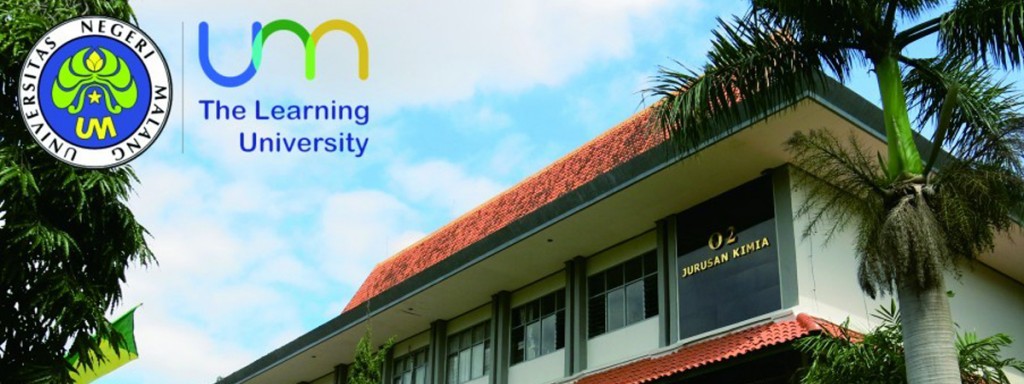Kompetensi/ Competencies
Mengintegrasikan berbagai strategi pembelajaran untuk materi kimia yang sesuai sehingga dihasilkan strategi pembelajaran yang efektif dan inovatif/Integrating some learning strategies that is relevant to the characteristic of certain chemistry topics to produce an effective learning strategies and innovative.
Bahan Kajian/ Subject Matters
Ilmu kimia dan strategi pembelajarannya, instructional effect dan nurturant effect dalam strategi pembelajaran kimia, pembelajaran kimia yang efektif dan inovatif, model-model teori pengembangan strategi pembelajaran, prosedur pengembangan strategi pembelajaran, kajian tentang keunggulan dan kelemahan strategi pembelajaran kimia yang umum digunakan, praktik pengembangan strategi pembelajaran/Chemistry and it’s learning strategies, instructional and nurturant effect of chemistry learning strategies, effective and innovative chemistry learning, theoretical models of the development of learning strategies, procedures of learning strategies development, studies about the advantages and disadvantages of chemistry learning strategies, practices of learning strategies development.
Tujuan/Objectives
Melalui kajian literatur, diskusi, dan penugasan, mahasiswa mampu mengembangkan strategi pembelajaran kimia yang efektif dan inovatif/through literature review, discussion, and giving an assignment, students should be able to design the effective and innovatife chemistry learning strategies
Daftar Pustaka/References
- Herron, J.D. 1996. The Chemistry Classroom: Formula for successful Teaching. USA: American Chemical Society.
- Joyce, B. dan Weil, M. Models of Teaching. Englewoods Cliffs, New Jersey: Prentice-Hall Inc.
- Anonim. 2010. Making Chemistry Relevant: Strategies For Including All Students In A Learner-Sensitive Classroom Environment. Canada: John Wiley & Sons.
- Pienta, N.J., Cooper, M.M., Greenbowe, T.J. 2009. Chemists’ Guide to Effective Teaching volume II. New Jersey: Pearson Prentice-Hall
- Dick, W and Carey, L. Theb systematic design of instruction. Third Edition. Glenview, Illionis: Scott, Foreman and Company
- Ross,K. Lakin, L. and McKechnie, J. 2010. Teaching Secondary Science: Constructing meaning and developing understanding. 3rd Ed. New York: David Fulton Publishers.

